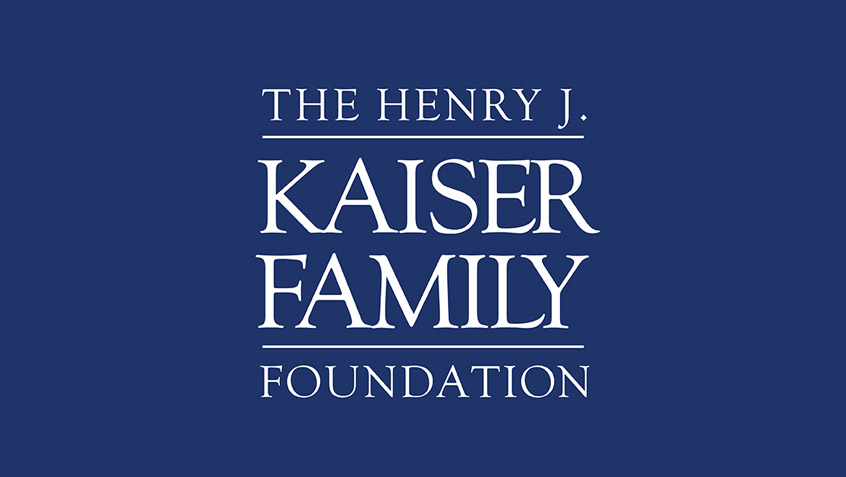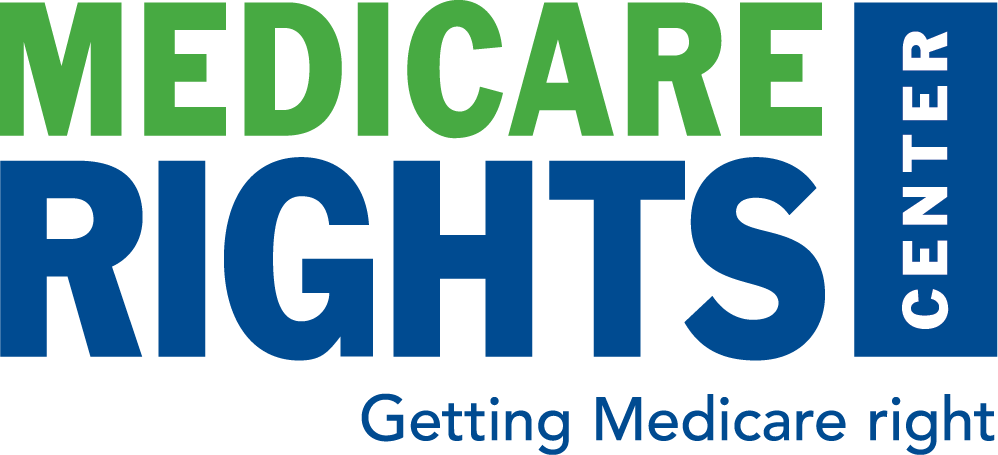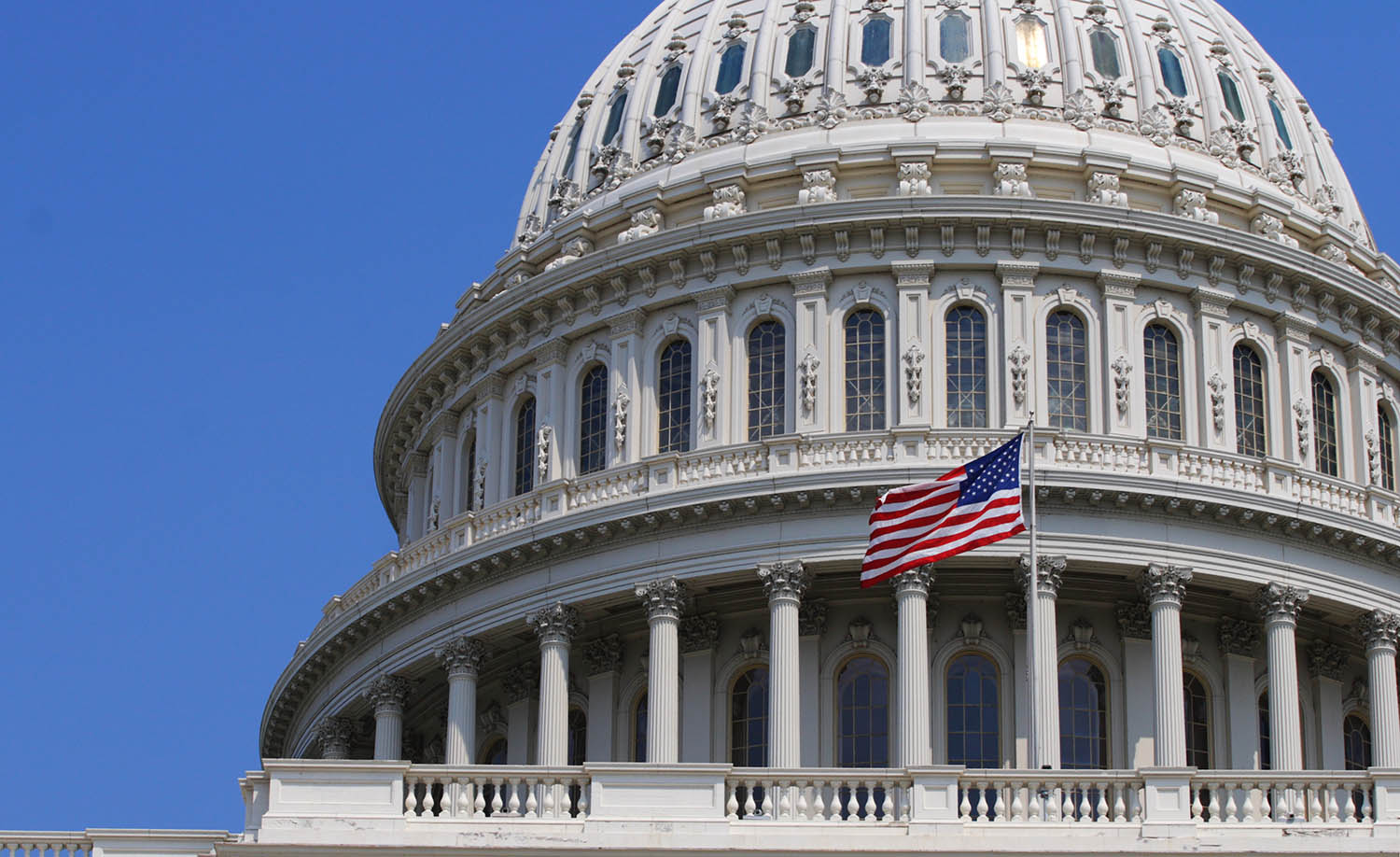Kaiser Family Foundation Releases Data on Cost of Health Care at the End of Life
- By Mitchell Clark
- July 14, 2016

A new report released by the Kaiser Family Foundation (KFF) highlights the demographics of people with Medicare who died in 2014 and the cost of care at the end of their life. The KFF findings on Medicare spending focus on people in traditional Medicare, since comparable data is unavailable for people enrolled in a Medicare Advantage plan. Still, the report findings contribute to the ongoing conversation about end-of-life care, what services people access at the end of life, and how much Medicare spends for those services.
According to the report, 2.1 million of the 2.6 million people who died in the U.S. in 2014 had Medicare, which makes Medicare the largest payer of health care in the U.S. for people at the end of life. Of the 2.1 million people, 55 percent were at least 80 years old when they died, 52 percent were women, and 81 percent were non-Hispanic white. Additionally 72 percent were enrolled in traditional Medicare, while the remainder were enrolled in Medicare Advantage plans.
The most prevalent diseases for those with traditional Medicare in the group studied (1.5 million people) included hypertension (67 percent), ischemic heart disease (53 percent), chronic kidney disease (51 percent), congestive heart failure (48 percent), Alzheimer’s disease or dementia (43 percent), diabetes (38 percent), and cancer (17 percent). According to the report, these diseases were more prevalent among people who died in 2014 than among people with Medicare in general that year.
The report findings show that average per person Medicare spending for people with traditional Medicare who died during 2014 was about four times greater than for those who lived the entire year. The average spending for someone who died in 2014 was $34,529 dollars while the average spending for someone who lived was $9,121.
KFF reports that traditional Medicare spending for people who died at some point during a given year has been on the decline for some time. In the year 2000, 18.6 percent of all spending in traditional Medicare was for people who died that year. Whereas, in 2014, 13.5 percent of traditional Medicare spending went toward services for people who died that year.
While the share of traditional Medicare spending for those who die during the course of year has decreased, per person spending for those who live or die during a given year has doubled since the year 2000. In 2000, average Medicare spending for someone who lived the entire year was $4,322 and $19,130 for someone who died during the year. In 2014, the average Medicare spending for someone who lived the entire year increased to $9,121 and was $34,529 for someone who died during that year.
For more in-depth information about the groups studied in the report, including a breakdown of spending on various inpatient hospital services and per person spending for those under and over age 65, read the entire report on KFF’s website.
The Latest
Most Read
Add Medicare to Your Inbox
Sign up to receive Medicare news, policy developments, and other useful updates from the Medicare Rights.









